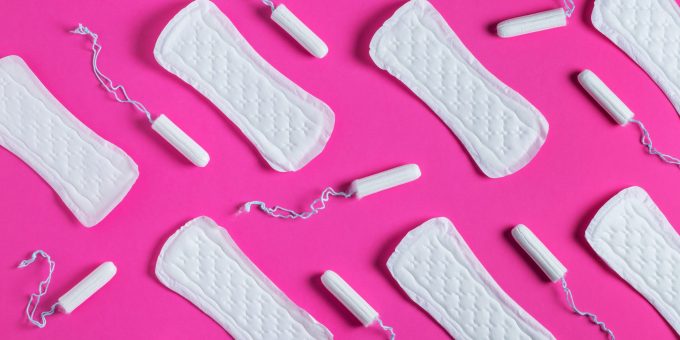
Why are menstrual health and hygiene excluded from so much of the global health agenda. iStockPhoto // Dmytro Skypnkov
paying attention. period.
Menstrual health and hygiene (MHH) are absent from both the Millennium Development Goals and the Sustainable Development Goals, which have shaped global and national-level policies for several decades. Why? In Sociology of Development, sociologist Rita Jalali examines MHH in the global health agenda, shedding light on the reasons why certain social causes receive less attention than others.
Jalali’s data come from organizational documents from the World Bank, UNICEF, UNDP, and WHO, spanning a 38-year period (1978 to 2015). Results show that none of the 114 flagship annual reports published by these organizations focused on MHH. The reason MHH was excluded from the global health agenda is its measurability—it’s hard to find measurable evidence about MHH and potential solutions for its related problems. Indeed, both academia and the public sector lack reliable measurement indicators for MHH, which obfuscates the issue and impedes advocacy work. Additionally, menstrual advocacy challenges traditional gender norms that shame menstruating bodies, resulting in some groups’ reluctance to discuss the issue in policy forums and strategic meetings.The global silence surrounding MHH underscores the unintended consequences of inequality within social movements. The global women’s health movement, primarily led by middle-class actors, has tended to prioritize issues such as reproductive self-determination, affordable medical care, workplace safety, and freedom from violence. However, MHH concerns, which disproportionately affect women and girls from economically disadvantaged backgrounds across both high- and low-income countries, have been marginalized. Thus, beyond emphasizing the “entrenched role of unequal gender norms” and “power structures that perpetuate gender inequalities,” the neglect of MHH also highlights how poverty plays a significant role in determining access to menstrual health resources and services.
